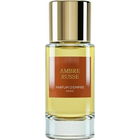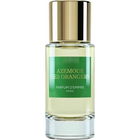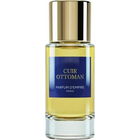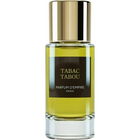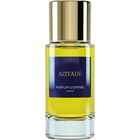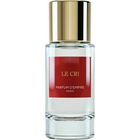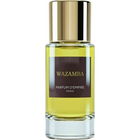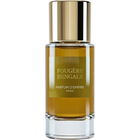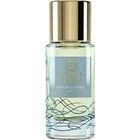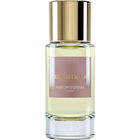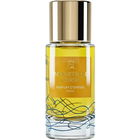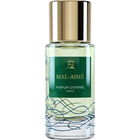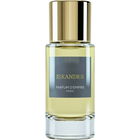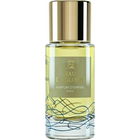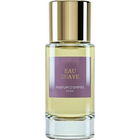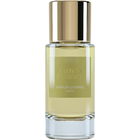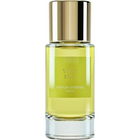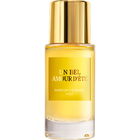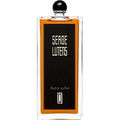06/18/2024

Ebichuunee
98 Reviews

Ebichuunee
1
Missing something
I have a sample and I was really excited about Acqua di Scandola, as it's my first from Parfum d'Empire. Normally, aromatic aquatics are my thing, so this was supposed to be a safe bet.
However, this one left me a bit underwhelmed. The initial spritz offers a fresh and salty sea breeze, which is quite pleasant, but it quickly fades into something rather nondescript.
I found the longevity to be lacking as well; within a few hours, it had almost entirely vanished. While I appreciate the attempt to capture the essence of Corsica's coastline, the execution fell short for me. It didn't provide the evocative, immersive experience I was hoping for.
In summary, Acqua di Scandola is a nice scent but not a memorable one. It didn't stand out or leave a lasting impression, making it a "meh" in my book. I expected more from Parfum d'Empire. Perhaps it works better on others, but for me, it just didn't hit the mark.
However, this one left me a bit underwhelmed. The initial spritz offers a fresh and salty sea breeze, which is quite pleasant, but it quickly fades into something rather nondescript.
I found the longevity to be lacking as well; within a few hours, it had almost entirely vanished. While I appreciate the attempt to capture the essence of Corsica's coastline, the execution fell short for me. It didn't provide the evocative, immersive experience I was hoping for.
In summary, Acqua di Scandola is a nice scent but not a memorable one. It didn't stand out or leave a lasting impression, making it a "meh" in my book. I expected more from Parfum d'Empire. Perhaps it works better on others, but for me, it just didn't hit the mark.




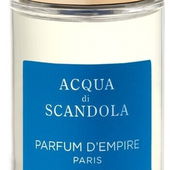
 Juniper
Juniper Algae
Algae Immortelle
Immortelle Moss
Moss


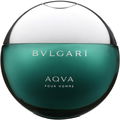

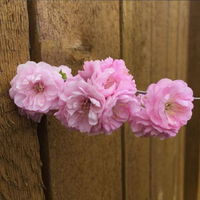







 KimJong
KimJong AlexD76
AlexD76 shock1609
shock1609 maymak
maymak BamBamNYC
BamBamNYC Erswan
Erswan Holscentbar
Holscentbar videecco
videecco NuiWhakakore
NuiWhakakore Jeob
Jeob